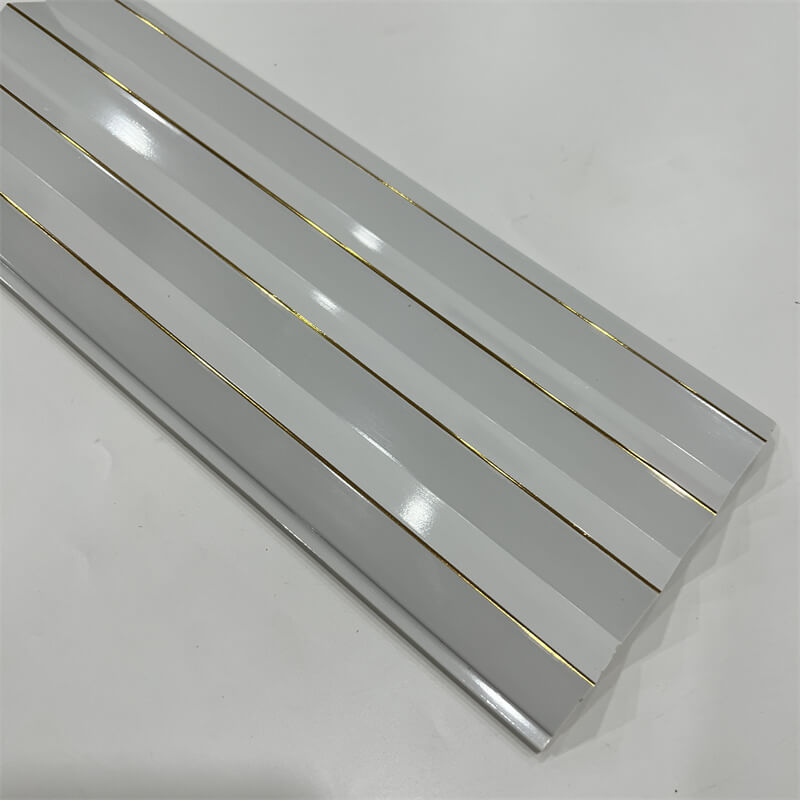
Architecture is an art form that constantly pushes boundaries and seeks innovative ways to create spaces that inspire, uplift, and captivate.
In this pursuit of creativity, PS wall panels have emerged as a game-changing solution, unlocking a world of design possibilities for architects and designers.
Made from expanded polystyrene, PS wall panels offer a range of benefits that go beyond traditional construction materials, enabling architects to push the limits of their imagination.
In this article, we will explore the innovative design possibilities that PS wall panels bring to the table and how they are reshaping the field of architecture.
Sculptural Form and Shape
One of the most striking aspects of PS wall panels is their versatility in creating unique and sculptural forms.
Unlike rigid materials such as concrete or brick, PS wall panels can be easily molded, cut, and shaped into various configurations, allowing architects to design structures that stand out from the crowd.
From curved facades and undulating walls to intricate patterns and textures, PS wall panels provide architects with a canvas to bring their wildest design visions to life.

Lightweight Structures and Spatial Efficiency
The lightweight nature of PS wall panels opens up new possibilities in architectural design.
By using these panels, architects can create structures that are lighter in weight, reducing the load on the foundation and structural elements.
This opens up opportunities for innovative architectural designs, including large spans, cantilevers, and suspended structures.
Moreover, the slim profile of PS wall panels allows for efficient space utilization, maximizing interior space and enabling architects to design compact yet functional buildings.
Integration of Sustainable Features
Sustainability is a critical consideration in modern architecture, and PS wall panels offer architects the ability to seamlessly integrate sustainable features into their designs.
These panels can incorporate insulation materials, solar panels, or green roof systems, promoting energy efficiency and renewable energy generation.
Additionally, the lightweight composition of PS wall panels contributes to reduced transportation energy and carbon emissions.
By combining innovative design with sustainable features, architects can create buildings that not only inspire but also prioritize environmental responsibility.

Acoustic Performance and Interior Ambiance
Beyond their visual impact, PS wall panels also enhance the acoustic performance and interior ambiance of buildings.
The dense composition of the panels helps absorb and dampen sound, creating quieter and more comfortable spaces.
This is particularly beneficial in environments such as concert halls, theaters, or conference rooms, where sound control is crucial.
Furthermore, PS wall panels can be customized with various finishes, colors, and textures, enabling architects to create unique interior atmospheres that reflect the desired aesthetic and mood of the space.
PS wall panels have opened up a realm of innovative design possibilities for architects, revolutionizing the field of architecture.
From sculptural forms and lightweight structures to the integration of sustainable features and enhanced interior ambiance,
these panels empower architects to think outside the box and create buildings that inspire and delight.
As the industry continues to embrace the potential of PS wall panels, we can expect to see even more groundbreaking designs that push the boundaries of architectural creativity.
The future of architecture is undoubtedly intertwined with the versatility and boundless design possibilities offered by PS wall panels, propelling the industry towards new horizons of imagination and innovation.
